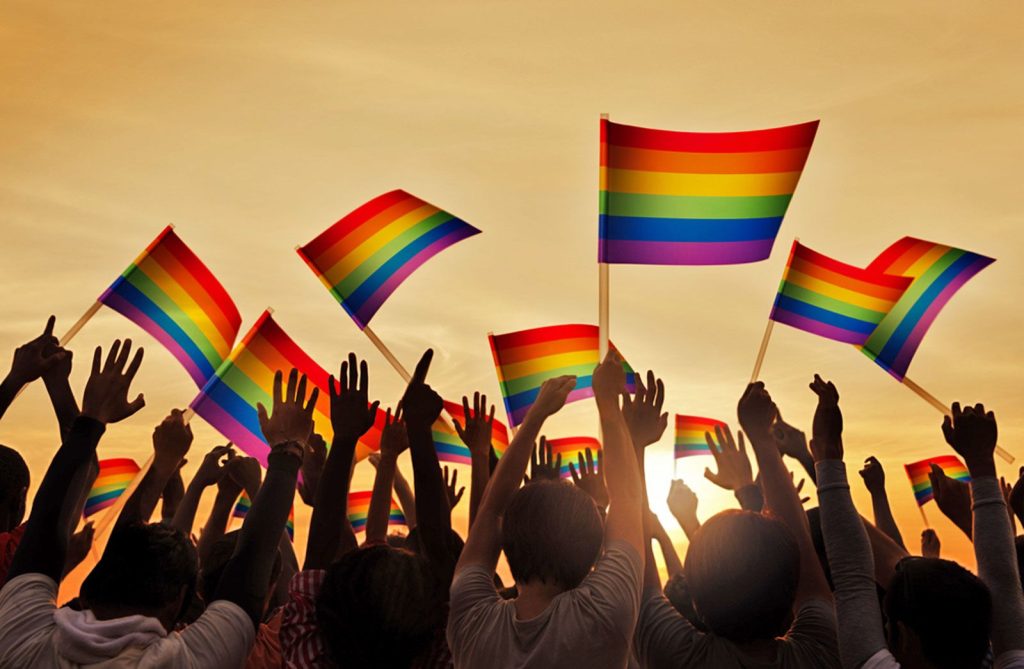LGBTQ Students and School Bullying: Double the Discrimination

LGBTQ Students and School Bullying – Facing Discrimination and Bullying in Schools
LGBTQ students face a double layer of discrimination, based on both their sexual orientation and gender identity, which can manifest in bullying and harassment within school environments. This article explores the unique challenges faced by LGBTQ students, the impact of bullying on their well-being, and strategies for creating more inclusive school environments.
Prevalence and Impact – LGBTQ Students and School Bullying
- Studies consistently show that LGBTQ students are more likely to be bullied than their heterosexual and cisgender peers.
- According to the 2019 School Climate Survey by the Gay, Lesbian, and Straight Education Network (GLSEN), 67% of LGBTQ students reported being bullied at school in the past year, compared to 38% of non-LGBTQ students.
- Bullying can have a devastating impact on LGBTQ students’ mental health and academic performance.
- They are more likely to experience depression, anxiety, and suicidal thoughts.
- They may also have difficulty concentrating in school, leading to lower grades and absenteeism.
Unique Challenges
- LGBTQ students face unique challenges when it comes to bullying.
- They may be bullied for their perceived gender non-conformity, their sexual orientation, or their expression of gender identity.
- Additionally, they may face discrimination from teachers and administrators who are not supportive of LGBTQ identities.
Solutions for Schools
- Inclusive school policies: Schools should adopt inclusive policies that protect LGBTQ students from discrimination and bullying. These policies should include clear consequences for bullying and harassment.
- Educator training: Educators should be trained on LGBTQ issues to better understand the unique challenges faced by LGBTQ students. This training should include information on how to create inclusive classrooms and how to respond to bullying.
- Student clubs and organizations: Schools should support student clubs and organizations that provide a safe and supportive space for LGBTQ students. These clubs can provide opportunities for students to connect with peers, develop leadership skills, and advocate for their rights.
- Mental health support: Schools should provide access to mental health support services for LGBTQ students. These services can help students cope with the stress and anxiety associated with bullying and discrimination.
Conclusion
LGBTQ students face a unique set of challenges when it comes to bullying and discrimination. Schools have a responsibility to create inclusive environments where all students feel safe and respected, regardless of their sexual orientation or gender identity. By implementing inclusive policies, providing educator training, supporting student clubs and organizations, and providing mental health support, schools can help to create a more just and equitable learning environment for all students.

